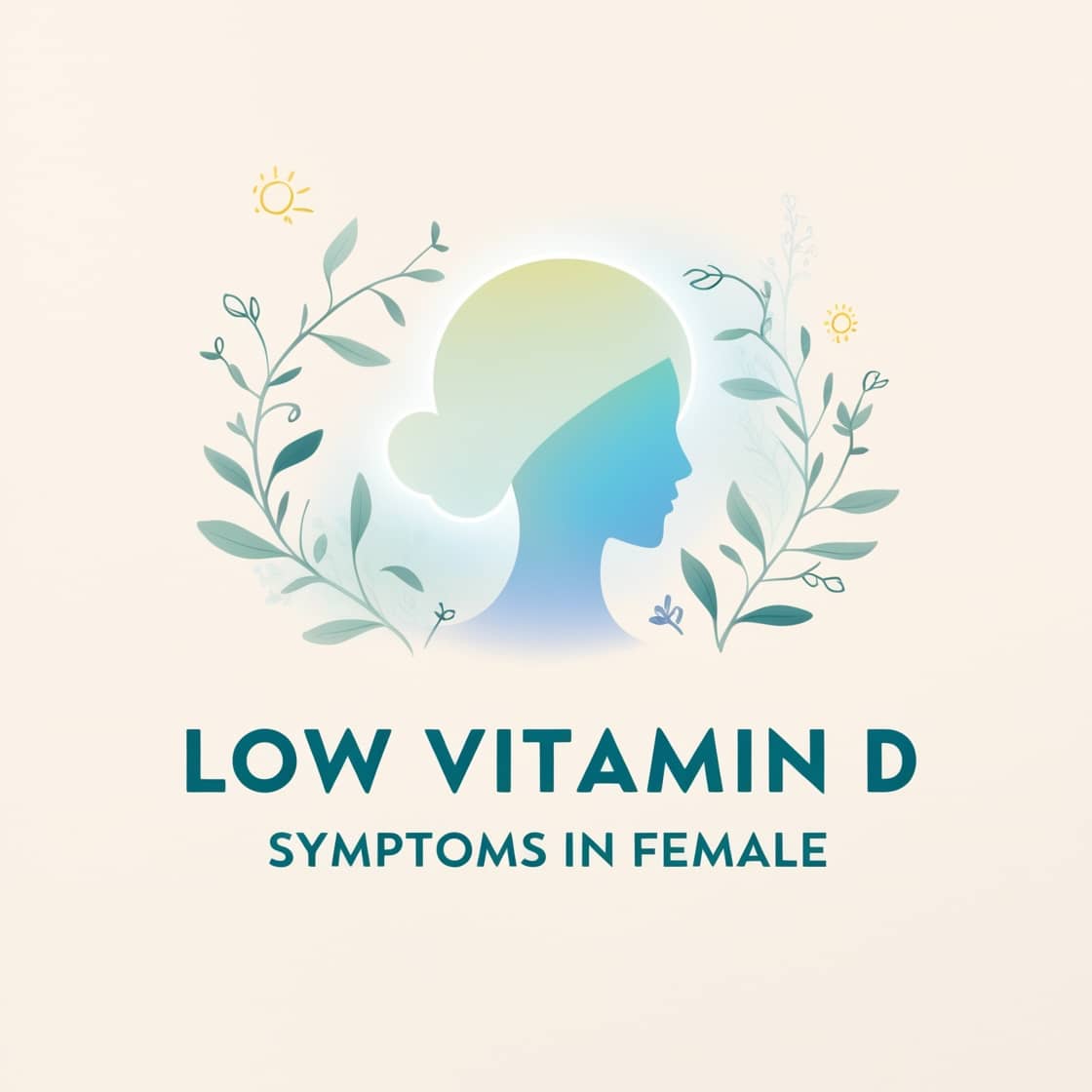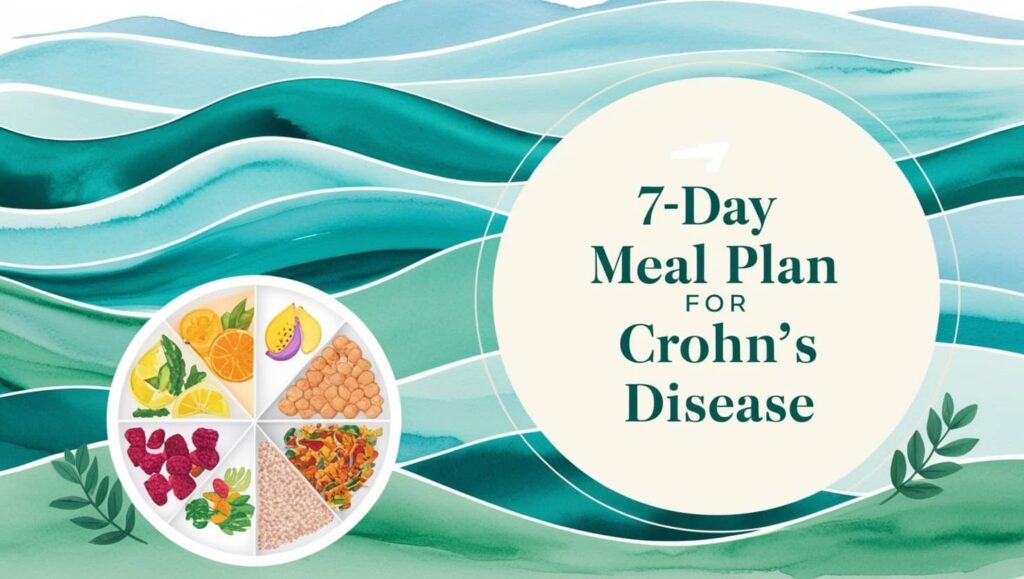If you want to know the weird symptoms of Vitamin D deficiency, we’ve got you covered.
Healthy bone formation and preservation depend on the body absorbing more calcium, magnesium, and phosphate, which is made possible by vitamin D, a fat-soluble vitamin. The circulating 25-hydroxyvitamin D level needs to be greater than 30 ng/mL in order to maintain a healthy level of vitamin D. Numerous problems, including rickets in children and osteoporosis in adults, can result from a deficiency in vitamin D. When milk was supplemented with vitamin D in the 1930s, rickets was successfully eradicated globally. However, screening is crucial for high-risk individuals because vitamin D deficiency is more prevalent than ever.
Epidemiology
The global pandemic of vitamin D deficiency affects people of all ages. According to frequency studies, vitamin D deficiencies and insufficiencies differ across children, even within different regions of the same country, but they are more prevalent in girls than in boys. The main causes of this are race and the geographic region’s diverse climate and location. Furthermore, people of different ages and genders living in the same area may have varying rates of vitamin D deficiency.
Causes
- Lower consumption and/or absorption of food
- Less exposure to the sun
- Impaired endogenous synthesis: People with cirrhosis or other chronic liver diseases may have impaired 25-hydroxylation, which results in a lack of active vitamin D.
- Increased hepatic catabolism: Hepatic p450 enzymes are triggered by medications such as phenobarbital, carbamazepine, dexamethasone, nifedipine, spironolactone, clotrimazole, and rifampin, which causes the breakdown of vitamin D.
- Hereditary vitamin D-resistant rickets are characterized by end-organ resistance to vitamin D.
High-Risk Populations
Patients with chronic kidney illness, chronic liver disease, malabsorption syndromes, women with osteoporosis, African American/Hispanic people, nursing home residents, and elderly patients are among the high-risk groups.
Common Symptoms
Common symptoms of vitamin D insufficiency include throbbing bone pain that can be brought on by pressure over the sternum or tibia, proximal muscle weakness, aching muscles, and symmetric low back pain.
Most Weird Symptoms of Vitamin D Deficiency
- Loss of hair.
- unknown and prolonged muscle and bone pain, anxiety, sadness, and abrupt alterations in mood.
- Delays in growth and a higher chance of infections in children.

Low Vitamin D Symptoms in Female
It was shown that low back pain and vitamin D deficiency were more common in women than in men. Women in their 30s to 40s get little exposure to sunlight because they are confined to their homes. We are aware that one of the main sources of vitamin D in our bodies is sunlight. Therefore, vitamin D deficiency is caused by several causes, including decreased skin synthesis of vitamin D, spending more time indoors than outdoors, and consuming less food high in vitamin D.
Severe Symptoms of Vitamin D Deficiency
Prolonged deficiency of vitamin D can cause bone density to drop, which may lead to frequent fractures and osteoporosis. Additional medical conditions can also result from a severe vitamin D deficiency, such as rickets in kids, that makes bones fragile and easily broken.
Treatment & Prevention
There are various forms of vitamin D available. It has been proven that vitamin D3 (cholecalciferol) is more effective than vitamin D2 (ergocalciferol) at achieving adequate 25-hydroxyvitamin D levels, making it the preferred treatment.
To avoid deficiency, adults under 65 who do not receive adequate sun exposure throughout the year should consume 600–800 international units of vitamin D3 every day. To avoid deficiency and lower their risk of fractures and falls, older persons 65 years of age and older should ingest 800–1000 international units of vitamin D3 daily.
Management
- Vitamin D3 supplementation for eight weeks at a dose of 6,000 IU per day or 50,000 IU per week may be an option. After the serum 25-hydroxyvitamin D level rises beyond 30 ng/mL, 1,000–2,000 IU should be taken daily as a maintenance dose.
- High-risk adults who are vitamin D deficient (African Americans, Hispanics, obese, taking certain drugs, malabsorption syndrome) may require a higher-dose initial supplementation of vitamin D3 at 10,000 IU per day. When the blood 25-hydroxyvitamin D level rises beyond 30 ng/mL, a maintenance dose of 3000–6000 IU per day is advised.
- Vitamin D-deficient children need 2000 IU of vitamin D3 each day or 50,000 IU once a week for six weeks. The suggested maintenance treatment is 1000 IU per day after the blood 25(OH)D level is above 30 ng/mL. The American Academy of Pediatrics states that 400 IU of vitamin D supplementation is necessary for breastfed newborns and children who drink less than 1 L of vitamin D-fortified milk.
- In cases when the deficit continues after receiving treatment with vitamin D2 and/or D3, calcitriol may be recommended. Because calcitriol increases the risk of hypercalcemia, the serum calcium level in these people needs to be regularly monitored.
- Patients with severe liver disease or fat malabsorption may benefit from taking calcidiol.
Read Also: What Is the Treatment for High Vitamin B12
Summary
In both inpatient and outpatient settings, vitamin D insufficiency is commonly overlooked. While universal screening for vitamin D levels is not advised by the U.S. Preventive Services Task Force (USPSTF), it is crucial to identify vitamin D insufficiency in asymptomatic high-risk persons in order to avert issues in the future.
References
Sizar, O., Khare, S., Goyal, A., & et al. (2023). Vitamin D Deficiency. In StatPearls. Treasure Island, FL: StatPearls Publishing.
Bordelon, P., Ghetu, M. V., & Langan, R. C. (2009). Recognition and management of vitamin D deficiency. American Family Physician, 80(8), 841–846.
Sadat-Ali, M., Al Essa, O. N., Alani, F. M., Al Omar, H. K., & Ebrahim, W. Y. (2018). Correlation of symptoms to serum vitamin D levels? Clinical nutrition ESPEN, 24, 31–34.
V, N., Nair, G. G., Jose, B. C., & Abraham, A. (2024). Study on Vitamin D Levels in 30 to 40-Year-Old Females With Low Back Pain. Cureus, 16(2), e54238. https://doi.org/10.7759/cureus.54238.
Read Next: Iron Rich Foods | Everything About Iron
Yusuf Saeed
Pharmacist | Medical Writer & Translator
Yusuf Saeed graduated from the Arab Academy for Science and Technology and Maritime Transport with a B.Sc. in Pharmaceutical Sciences. His passion for research and healthcare communication led him to specialize in medical writing and translation. Yusuf is committed to delivering accurate, well-researched content that empowers readers with reliable medical information and bridges language gaps in healthcare education.
As the founder of Medserene, Yusuf Saeed established the platform with a vision to provide trustworthy medical content and accessible healthcare information. His mission is to create a reliable resource that empowers readers to make informed decisions about their health and well-being. Driven by his passion for clear communication and healthcare education, Yusuf aims to bridge the gap between medical knowledge and everyday understanding.







